An important — if often misunderstood — component of a healthy housing market is a well-functioning foreclosure marketplace that efficiently and responsibly recycles distressed properties back into retail housing supply, often as affordable inventory.
After several years of disruption, emerging supply and demand trends in the foreclosure auction marketplace indicate a return to more historically normal and sustainable patterns that will help restore balance and health to the broader residential real estate market in 2026.
3 signs of a better functioning foreclosure marketplace
1. Foreclosure volume is rising but still at historically low levels
Completed foreclosure auctions increased 31 percent to a 10-quarter high in the third quarter of 2025, according to the latest Auction Market Dispatch published by Auction.com. Foreclosure auction volume increased from a year ago in 38 states and across all loan types: GSE, FHA, private, VA and USDA.
Despite the increase, foreclosure auction volume in the third quarter was still at 56 percent of the Q1 2020 pre-pandemic level, the most recent benchmark for a properly functioning foreclosure market within the context of a healthy and balanced retail housing market. Foreclosure auction volume in Q3 2025 was below Q1 2020 levels in 37 states and the District of Columbia.
The increasing foreclosure auction volume in 2025 represents a trend toward more historically normal — and even healthy — levels of foreclosure activity, coming off the unsustainably low levels of the last few years.
While there are signs that the increases will likely continue for the rest of 2025, the roughly 80,000 completed foreclosure auctions that the year is on track to hit would represent only about 2 percent of the 4 million retail home sales for the year — far from a level that would threaten to derail the larger housing market.
For context, there were roughly 1 million completed foreclosure auctions in 2010, representing more than one in four (27 percent) of the 3.6 million total retail home sales for the year. And in 2019, the roughly 200,000 completed foreclosure auctions represented about 3.4 percent of the 5.9 million retail home sales that year. That’s according to an Auction.com analysis of public record data from Cotality.
2. Roll rates from delinquency to foreclosure rebounding
Foreclosure volume reverting back toward pre-pandemic levels is not intrinsically good just because those pre-pandemic levels are considered “normal.”
Generally speaking, low foreclosure volume is a positive sign for the housing market; however, mortgage delinquency and foreclosure data show that the below-normal foreclosure volume of the last two years is not just a result of less distress in the housing market, it’s also the result of a strategic delay-and-defer approach to dealing with that distress.
This delay-and-defer approach is a lingering influence from the emergency foreclosure prevention measures employed during the COVID-19 pandemic. While the approach was extremely effective in preventing a foreclosure crisis during a national emergency, it backfires when employed as a more permanent loss mitigation tactic.
Additionally, playing the distress delay game works much better when home prices are rapidly appreciating — think the 23 consecutive months of double-digit annual growth between August 2020 and June 2022, according to data from the National Association of Realtors (NAR). This unprecedented price appreciation built a massive home equity cushion that protected mortgage servicers against ballooning losses while giving homeowners extra motivation to hold on to their homes. The distress delay game breaks down when home price appreciation is slowing or even turning negative — the type of market that has emerged over the last 18 months. In this environment, longer delinquency and foreclosure timelines multiply losses for servicers while draining home equity that distressed homeowners might be able to walk away with.
Roll rates from seriously delinquent mortgage inventory to foreclosure start and to completed foreclosure auction serve as decent data-based proxies for the prevalence of the delay game as a loss mitigation tactic. Understandably, those roll rates plummeted to near-zero at the beginning of the pandemic and stayed near that level for most of the pandemic-triggered foreclosure moratorium in 2020 and 2021.
After the end of the moratorium in December 2021, those roll rates ramped gradually higher in 2022 and most of 2023, still without reverting to pre-pandemic levels. But then those rates started drifting lower in the second half of 2023 and all of 2024, evidence of a renewed push toward the delay game tactic.
The delay-and-defer approach produced short-term gains, in terms of dropping foreclosure starts and foreclosure auctions in 2024, but those short-term gains were built on the faulty foundation of longer foreclosure timelines. Those timelines rebounded higher in 2024 after dropping in 2023 following the end of the foreclosure moratorium. Unfortunately, longer timelines don’t indicate fewer foreclosures in the long term, they merely show the foreclosure can is being kicked down the road.
The good news is that average foreclosure timelines have begun to fall again this year even as roll rates have begun to rebound, according to data from ATTOM. This signals that servicers and policymakers are rightly abandoning the delay game as a permanent philosophy. This should help expedite the process of responsibly returning distressed properties to the retail market as quality, affordable housing inventory.
3. More vacant bank-owned (REO) properties brought to auction
In addition to holding back affordable housing supply, bloated foreclosure timelines also produce more vacant properties. The longer a property sits in foreclosure limbo, the more chance it has of becoming vacant. Vacant properties contribute to neighborhood blight and lower surrounding home values, destabilizing communities in the process.
A recent rise in vacant properties that are bank-owned (REO) being brought to auction is a good sign that more distressed (and unused) properties lingering in foreclosure limbo are finally being returned to the retail market.
The number of vacant property REO auctions on the Auction.com platform in Q3 2025 increased 17 percent from a year ago to the highest level since Q2 2020 — a more than five-year high. Fifty-four percent of all REO auctions on the Auction.com platform in the third quarter were for vacant properties, the highest share since Q4 2021, at the end of the foreclosure moratorium.
Rebounding investor confidence
The sentiment of buyers purchasing distressed properties at auction rebounded for Q4 after two straight quarters lower, according to an Auction.com survey of 350 buyers at the end of September. That’s another indication that the rising foreclosure auction volume will not derail the housing market in 2025.
As a group, buyers purchasing distressed properties at auction are collectively proficient at anticipating what the retail housing market will look like in the next three to six months — the typical time it takes them to renovate distressed properties and list them back for sale or rent. The rise in sentiment among these buyers indicates they are becoming more confident about the retail housing market in early 2026.
Click Here



